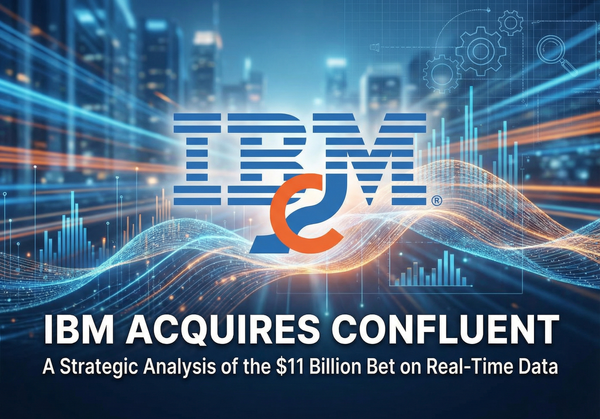Six Thinking Hats: Strategy Framework
Developed by Dr. Edward de Bono, the Six Thinking Hats framework is a powerful tool designed to encourage comprehensive thinking by looking at a problem or decision from multiple distinct perspectives.
It's about directing your thinking process.
This structured approach is particularly valuable in finance, where decisions often involve complex data, potential risks, and opportunities that need careful, multi-faceted consideration.
What is the Six Thinking Hats Framework?
The Six Thinking Hats represent six different modes of thinking. By metaphorically "wearing" a different colored hat, individuals or teams can focus their thinking on one specific perspective at a time.
This helps to create more balanced and thorough discussions and decisions.
Here’s a breakdown of each hat:
- White Hat: Information and Facts
- Focus: Objective facts, figures, data, and information.
- Context: This is where you look at the raw numbers – market data, financial statements, historical performance, economic indicators, budget figures, sales reports, etc.
What information do we have? What information is missing? What information do we need?
- Red Hat: Feelings, Intuition, and Emotions
- Focus: Gut feelings, intuition, emotions, and hunches, without justification.
- Context: While finance is often seen as purely rational; intuition and experience play a role. This hat allows for expression of gut feelings about a potential investment ("I have a bad feeling about this sector") or the morale impacts of a budget cut, without needing immediate logical proof.
- Black Hat: Caution, Risks, and Criticism
- Focus: Identifying potential problems, risks, weaknesses, and downsides. The 'devil's advocate' hat.
- Context: Crucial for risk management. What are the potential pitfalls of this strategy? What are the threats to this investment? Why might this budget forecast be inaccurate? What are the worst-case scenarios?
- Yellow Hat: Benefits, Optimism, and Advantages
- Focus: Identifying positive aspects, benefits, value, and opportunities.
- Context: Looking for the upsides. What are the potential returns on this investment? What are the advantages of this financing approach? How will this strategy create value? What is the best-case scenario?
- Green Hat: Creativity, New Ideas, and Alternatives
- Focus: Generating new ideas, exploring possibilities, and finding alternative solutions.
- Context: Encouraging innovation. Are there alternative investment vehicles? Can we find a more creative way to structure this deal? How can we optimize our budget allocation differently? Brainstorming new financial products or services.
- Blue Hat: Process Control, Organization, and Management
- Focus: Managing the thinking process itself. Setting the agenda, defining the problem, summarizing conclusions, and ensuring the other hats are used effectively.
- Context: The facilitator's hat. How will we approach this financial decision? Which hats do we need to wear and in what order? What is our next step? Summarizing the findings from the other hats and making the final decision or plan.
Benefits of Using the Six Thinking Hats
Implementing this framework can significantly enhance decision-making:
- More Thorough Analysis: Ensures that all crucial aspects – risks, rewards, data, feelings, and new ideas – are explicitly considered.
- Reduced Bias: By separating different modes of thinking, it helps individuals and teams move beyond personal biases or groupthink.
- Improved Collaboration: Provides a structured way for teams to work together, giving everyone a clear role (based on the hat) and reducing confrontational arguments by focusing on the thinking mode, not the person.
- Focused Discussions: Prevents unproductive debates by directing the conversation to one type of thinking at a time (e.g., "Let's put on our Black Hats – what are the risks?").
Example: Applying the Six Thinking Hats to Evaluating a New Investment Opportunity
Imagine a finance team is considering investing in a new asset class, renewable energy infrastructure. They could use the Six Thinking Hats as follows:
- Blue Hat: The team lead starts by defining the objective: Evaluate the potential investment in renewable energy infrastructure. They agree to cycle through the hats systematically.
- White Hat: The team gathers data: historical performance of renewable energy investments, government policies, expected future growth rates, cost of capital, regulatory risks, current market size, specific project financials.
- Yellow Hat: They brainstorm the positives: potential for long-term stable returns, ESG (Environmental, Social, Governance) benefits, diversification from traditional assets, government incentives, potential for capital appreciation.
- Black Hat: They identify the risks: regulatory changes, technological obsolescence, counterparty risk with energy purchasers, construction risks for new projects, interest rate sensitivity, liquidity issues.
- Red Hat: Team members share their initial feelings: some might feel excited about the growth potential and positive impact, others might feel uneasy about the long lock-up periods or complexity.
- Green Hat: They brainstorm alternatives or variations: Could they invest via a fund instead of directly? Are there related technologies or services that offer exposure? Can they structure the investment to mitigate specific risks identified by the Black Hat?
- Blue Hat: The team lead brings it together: Summarize the key findings from each hat. Weigh the Yellow Hat benefits against the Black Hat risks, informed by the White Hat data and potentially refined by the Green Hat ideas. Based on the comprehensive analysis, they make a more informed decision on whether and how to proceed.
This process allows the team to explore the opportunity rigorously from all necessary angles before committing resources.
Conclusion
The Six Thinking Hats framework provides a simple yet powerful method to ensure that all aspects of a decision – from the hard data and potential risks to creative solutions and intuitive feelings – are given due consideration.
By consciously switching between these thinking modes, we can move beyond narrow perspectives, reduce bias, and ultimately make smarter, more robust financial strategies and decisions.



